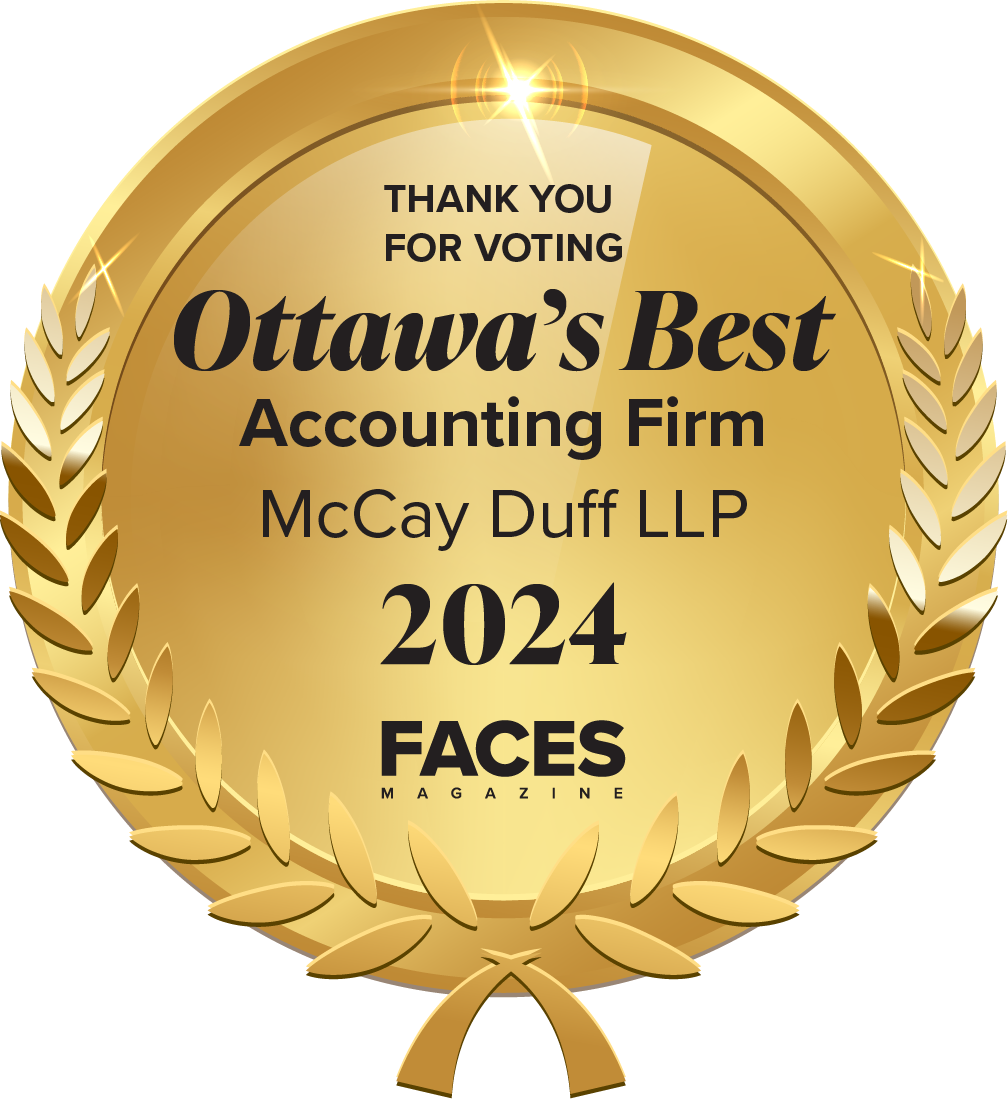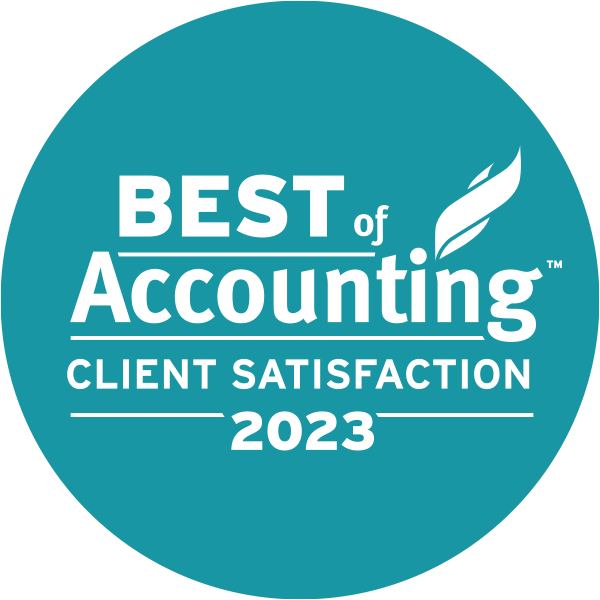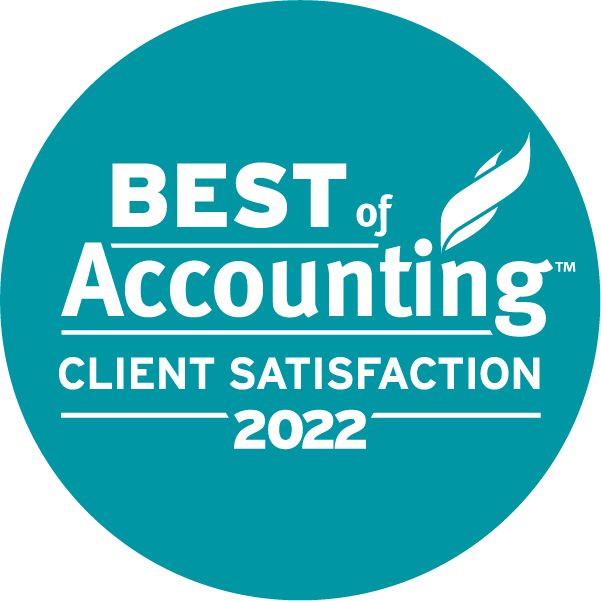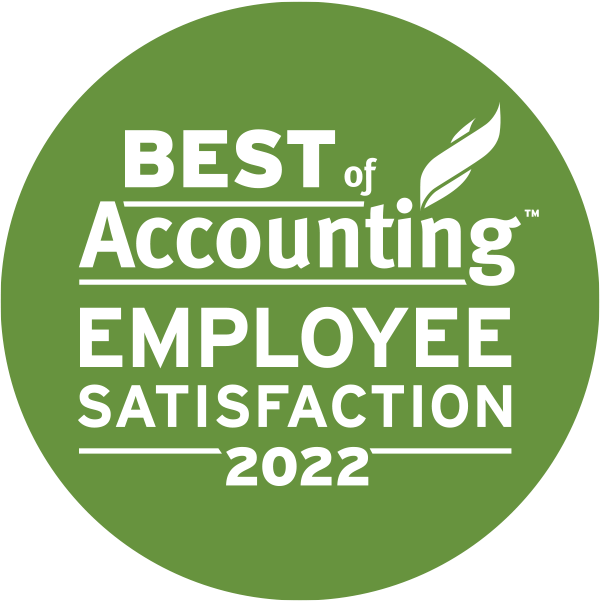Being self-employed brings freedom to work at your pace, be it an independent contractor, freelancer, or sole proprietor. But it also brings a responsibility to do your taxes no matter how much you earn from your work. The tax rules are very different for self-employed, and failure to report income could be considered tax evasion by the Canada Revenue Agency (CRA).
In this article, we will discuss the kind of taxes a self-employed has to file and pay to the CRA and how frequently.
Taxes Self-Employed Canadians Have To Pay
Being your own boss means being your own bookkeeper and calculating every income and expense. Because a self-employed person has to pay the following taxes on the business income:
- Federal and provincial income tax
- Canada Pension Plan (CPP) contributions
- Goods and services tax (GST), harmonized sales tax (HST), and /or provincial sales tax
Calculating your tax liability could be problematic in the first year. Hence, setting aside 25%-30% of your annual income for taxes is recommended.
How is Income Tax Different For Self-Employed?
The income tax basket remains the same for self-employed and salaried. What changes is how you calculate the taxable income, the tax slips you fill out, and the frequency of tax payments.
| Federal Tax Rate | 2022 | 2023 |
| 15% | $50,197 | $53,359 |
| 20.50% | over $50,197 up to $100,392 | over $53,359 up to $106,717 |
| 26% | over $100,392 up to $155,625 | over $106,717 up to $165,430 |
| 29% | over $155,625 up to $221,708 | over $165,430 up to $235,675 |
| 33% | over $221,708 | over $235,675 |
The CRA considers self-employed individuals as independent businesses and allows them to deduct expenses they incur to perform the task that generates business income. Business expenses include advertising expenses, vehicle expenses, banking fees, professional fees, office supplies, utility bills, cell phones, and travel.
Some expenses, like vehicle, travel, and utility, could overlap with personal use. You have to separate the business and personal use and deduct the proportion used for business. For instance, Barney drove 5,000 kilometres last year, 3,200 kilometres (64%) to earn business income. He can deduct 64% of the total vehicle expense (gasoline, repairs, insurance, interest paid on car loan, license and registration fees) from his business income.
There are certain tax-deductible expenses specific to the business. For instance, a farmer can deduct seeds and fertilizer expenses, whereas a game developer who does gardening as a hobby cannot.
Deducting business expenses can significantly reduce a self-employed person’s taxable income. But to claim these expenses, you should save the receipts with detailed explanations justifying the business purpose. For instance, if you travelled to the market to get inventory, record the miles and the travel purpose.
How to Pay Income Tax?
A self-employed person might receive a Form T4A — the Statement of Pension, Retirement, Annuity, and Other Income — from clients by the end of February. They must file personal tax returns in the T1 General Form – the Income Tax and Benefit Return, that Canadians and Form T-2125 – the Statement of Business or Professional Activities.
As a self-employed person, you must stay updated with your tax estimate. If your annual income tax estimate is more than $3,000, you must pay advance tax before the 15th of March, June, September, and December to avoid interest for late tax payments.
Canada Pension Plan For Self-Employed
While you pay advance tax, you also contribute to the Canada Pension Plan (CPP) on income above $3,500 up to the maximum pensionable earnings. As you are your own boss, you give both employee and employer contributions, as per the rate determined by the CRA. For 2023, self-employed Canadians have to contribute 10.5% of their income, up to a maximum of $7,508.90.
For instance, Mary earns $80,000 in 2023. She will still contribute $7,508.90 to the CPP as the CRA has capped the maximum annual pensionable earnings at $66,600 for 2023.
Quarterly Tax Payments and GST/HST Considerations
Now that you are self-employed, you are offering goods or services in an individual capacity. You become eligible for GST or HST once your income crosses $30,000 in any three consecutive months or four consecutive quarters. In the month you cross the income threshold, you must register for a GST/HST number and start charging GST as per the client’s tax base and paying it to the government. You can also deduct the GST/HST you pay for goods or services to generate business income.
For instance, Mary collected $500 GST from her clients in the first quarter and paid $200 GST to her vendors and suppliers. She can deduct the GST paid to earn the business income. Her net GST payment for the first quarter will be $300 ($500-$200).
A self-employed Canadian can file annual tax return using an online tax program, but the accuracy of the program is as good as the input data. A DIY tax filing is exposed to errors and omissions, like missing out on reporting a particular income or mislabelling a business expense. This error or omission continued for years could snowball into a significant penalty if your returns catch the attention of the CRA. An accountant can help you with your tax filings, ensuring you abide by all tax laws.
Contact McCay Duff LLP in Ottawa for Accounting Services
At McCay Duff LLP, our accountants can provide services to support tax filing and preparing financial statements. In addition, we can provide you with recommendations on tax savings. To learn more about how McCay Duff LLP can assist you with accounting services, contact us online or by telephone at 613-236-2367 or toll-free at 1-800-267-6551.





